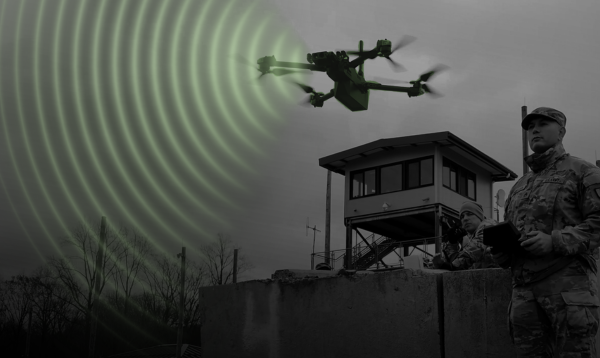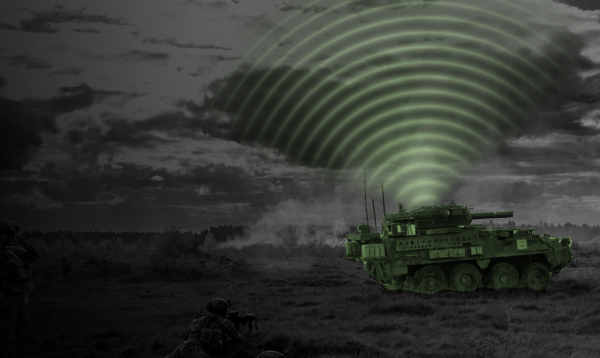The Problem
Currently, the Army’s detection systems for identifying sUAS are better suited for identifying larger threats at higher altitude. This makes it difficult to detect multiple low-altitude threats (sUAS) at various velocities. Detection limitations of these surface-based radar systems are due to the curvature of the Earth, terrain, and other obstacles that inhibit their range. As a result, there is a limited advance warning window obtained for sUAS at low altitudes.
The Opportunity
For this Direct to Phase II project, selected companies will be awarded up to $2 million each for a 24-month period of performance. The chosen companies will develop a solution that is low cost, low size, weight and power (SwAP), modular, and capable of passive detection for threats with various speeds at a low altitude (0 - 6,000 feet above ground level). The final deliverables include two prototypes inclusive of the components (hardware and software) necessary to leave behind for end user experimentation. System refinement should also include integration of the solution into identified Army reporting systems.
What Makes SPARTN Different?
SPARTN combines Army SBIR funding and AAL's business model to create a program that moves — and pays — at the speed of business. By blending government and industry best practices we introduce a whole-of-Army approach to innovation.
Learn more about the SPARTN Program.

